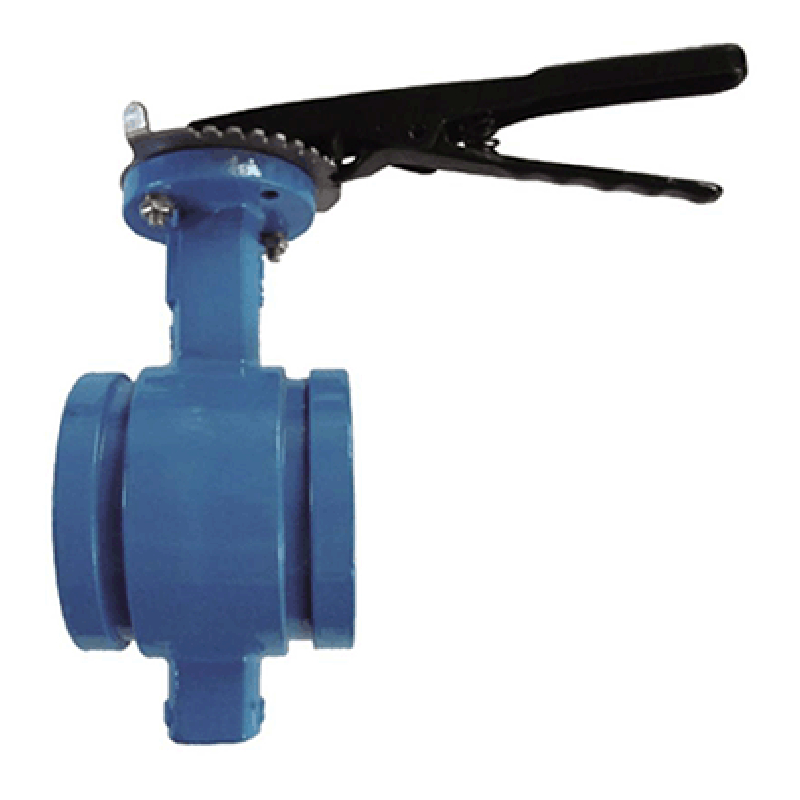Dec . 04, 2024 09:36 Back to list
floating ball check valve
The Floating Ball Check Valve An Essential Component in Fluid Systems
In the realm of fluid dynamics and engineering, the efficiency and reliability of fluid systems are paramount. One of the unsung heroes in ensuring this efficiency is the floating ball check valve. This component plays a crucial role in preventing backflow within piping systems, thereby safeguarding the integrity of fluid transport. In this article, we will delve into the definition, working mechanism, advantages, applications, and considerations surrounding floating ball check valves.
Understanding the Floating Ball Check Valve
A floating ball check valve is a type of one-way valve that uses a spherical ball to prevent the reverse flow of fluids. The design is simple yet effective, consisting primarily of a valve body, a seat, and a ball that sits within the valve. The ball is not fixed but floats on top of the fluid. This floating action enables the ball to move freely within the seat, allowing it to seal the valve tightly when the flow direction reverses.
How It Works
The operational principle of the floating ball check valve is quite straightforward. When fluid flows in the designed forward direction, the pressure pushes the ball away from the seat, allowing fluid to pass through. However, if the flow attempts to reverse, the pressure of the fluid effectively raises the ball, causing it to seat against the opening and block any backward flow. This action ensures that the system maintains its intended direction of flow, preventing potential damage or contamination that can arise from backflow situations.
Advantages of Floating Ball Check Valves
1. Simplicity and Reliability The design of the floating ball check valve is remarkably simple, which translates into fewer components and less likelihood of mechanical failure. This reliability is crucial for applications where system integrity is vital.
2. Versatility These valves can accommodate a wide range of fluid types, including water, oils, and gases. This versatility makes them suitable for various industries, such as water treatment, oil and gas, and HVAC systems.
3. Low Maintenance Due to their simple design and functionality, floating ball check valves generally require minimal maintenance. This feature reduces downtime and operational costs for businesses that rely on fluid systems.
4. High Flow Capacity Floating ball check valves have a low-pressure drop compared to other types of check valves. This characteristic enables them to provide a high flow capacity while minimizing energy loss in the system.
floating ball check valve

5. Self-Adjusting Seal The floating action of the ball allows it to ensure a tight seal against the seat, compensating for wear over time and maintaining effective closure against backflow.
Applications of Floating Ball Check Valves
Floating ball check valves are utilized in numerous applications across various industries. Some common applications include
- Water Supply Systems They are essential in municipal water systems to prevent backflow and ensure safe drinking water. - Chemical Processing In chemical plants, these valves help to prevent hazardous substances from flowing backward, thus protecting the integrity of the chemical processes. - Oil and Gas Floating ball check valves are used in pipelines to prevent backflow when pumps are turned off, protecting the system from pressure surges and potential leaks. - HVAC Systems In heating, ventilation, and air conditioning systems, these valves help maintain the proper flow direction of air and refrigerants.
Considerations When Using Floating Ball Check Valves
While floating ball check valves offer numerous advantages, there are certain considerations to keep in mind
1. Orientation Proper installation orientation is crucial. These valves are typically designed for vertical or horizontal installation, and misalignment can lead to functional issues.
2. Fluid Characteristics The type of fluid being transported can affect the performance of the valve. It is essential to consider factors such as viscosity, temperature, and potential for sediment when selecting a valve.
3. Size and Pressure Ratings Choosing the appropriate size and pressure rating for the floating ball check valve is vital to ensure it can handle the system's demands without failure.
Conclusion
In conclusion, the floating ball check valve is a fundamental component in fluid systems that contributes significantly to operational efficiency and safety. Its simple yet effective design, coupled with its versatility and reliability, makes it an invaluable asset across various industries. Understanding its functionality, advantages, and best practices for application can lead to improved system performance and longevity. With ongoing advancements in valve technology, the floating ball check valve will undoubtedly continue to play a pivotal role in the future of fluid management.
Share
-
Reliable Wafer Type Butterfly Valves for Every IndustryNewsJul.25,2025
-
Reliable Flow Control Begins with the Right Ball Check ValveNewsJul.25,2025
-
Precision Flow Control Starts with Quality ValvesNewsJul.25,2025
-
Industrial Flow Control ReliabilityNewsJul.25,2025
-
Engineered for Efficiency Gate Valves That Power Industrial PerformanceNewsJul.25,2025
-
Empowering Infrastructure Through Quality ManufacturingNewsJul.25,2025